

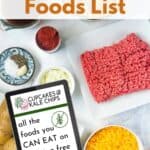
What Can I Eat on a Gluten Free Diet? That’s a common question for someone who is new to this lifestyle or is supporting someone who has to go gluten free. The answer is – PLENTY! Instead of focusing on what you have to give up, take a look at what you already love that is naturally gluten free, starting with this Gluten Free Food List!
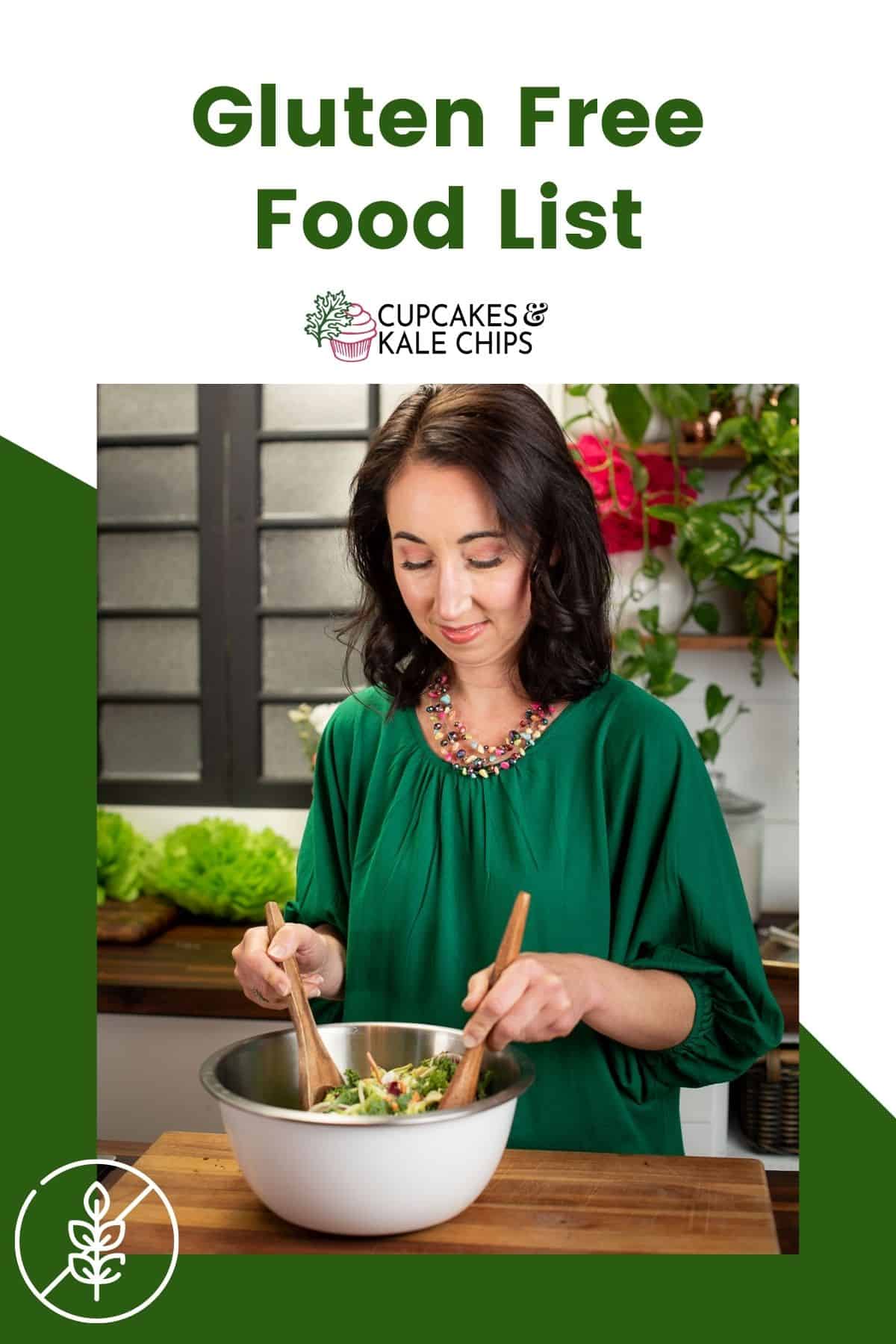
These days, many people are adopting a gluten free diet. Whether it is you or a family member or friend that you are supporting, I’m going to show you that being gluten free doesn’t have to be hard because there are so many things you CAN still eat!
There are a number of reasons to go gluten free. So whether you or a loved one recently received a celiac disease diagnosis, found out about a gluten allergy or intolerance, or were advised by their doctor to remove gluten from their diet to help manage an autoimmune disease or another medical condition…
This is the resource for YOU!
There are so many gluten free products on the market today. BUT, that comes at a cost. Products that are specifically made and marketed as gluten free are often more expensive. And just because these foods are gluten free does not mean that they are healthy.
In fact, in order to achieve the flavors and textures of traditional food items, they often have to add more salt, sugar, fat, starches, gums, fillers, and other ingredients that you don’t necessarily want to eat MORE of just because you are trying to eat LESS (or NO) gluten! They can also be low in fiber and other vitamins and minerals.
Instead, let’s focus on foods that are naturally gluten free. Things like fruit and vegetables and meats and beans and nuts and the list goes on and on.
These whole foods are good for anybody. And when you focus on them, you are nourishing your body. And you can feel like you are just eating FOOD, not stuck with eating weird or special or different or expensive GLUTEN FREE FOOD.
In fact, this post contains a HUGE list of naturally gluten free foods, so keep reading!
Besides that, many of the other things that have been part of your regular diet have always been gluten free. Corn tortilla chips and salsa. Olive oil and all of those spices in your cabinet. Pasta sauce. Maybe even your favorite barbecue sauce (mine is!).
So as long as you know what to look for on the labels, you can check if you can still enjoy all of your favorites. I have a full article on gluten free label reading when you are grocery shopping, as well as a full list of the words that indicate foods with gluten.
But here is a quick overview so you can check the labels for some of these key phrases and warnings.
Typically you CAN have any items with the following words on the label:
AVOID anything with the following words on the label:
USE CAUTION and consult with your healthcare provider to understand your level of sensitivity when the label contains:
Note: this is NOT a complete list is meant to serve as a guide. If you are not completely sure, it is best to contact the company directly and consult with your healthcare provider.
Whole fruits and vegetables are naturally gluten free. When purchasing any processed and packaged varieties, you will need to check the labels based on the information above, particularly if there are added sauces or flavorings.

Your basic plain dairy products are naturally gluten free. When purchasing any flavored varieties, check the labels for the phrases listed above to be sure no gluten-containing ingredients were added.
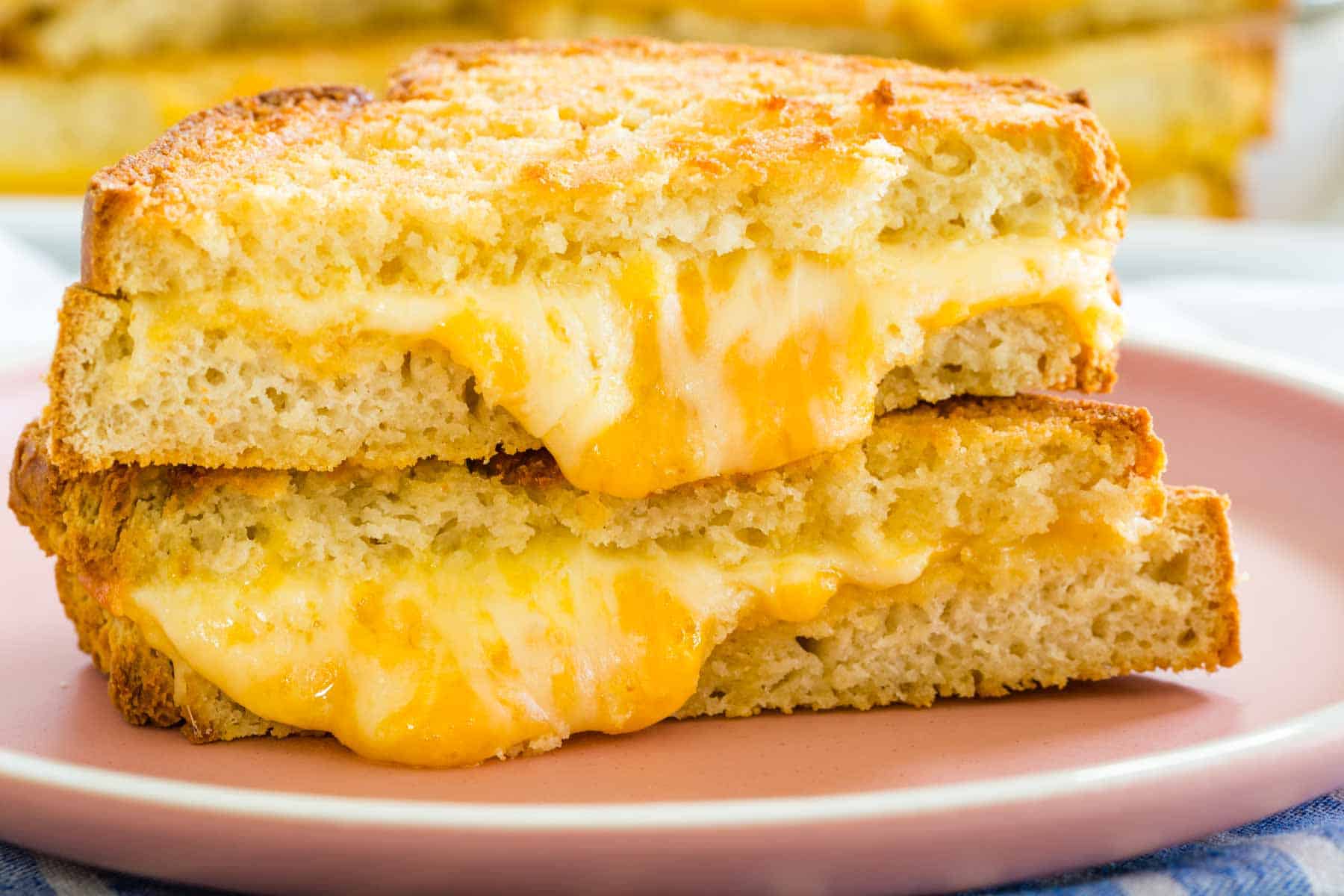
Plant- and animal-based proteins are naturally gluten free food, so choosing fresh varieties will be safe. Potential issues may arise with meats packaged with flavoring, marinades, or sauces that contain gluten, or from the sauces served with these proteins. And processed meat may contain gluten in their fillers.
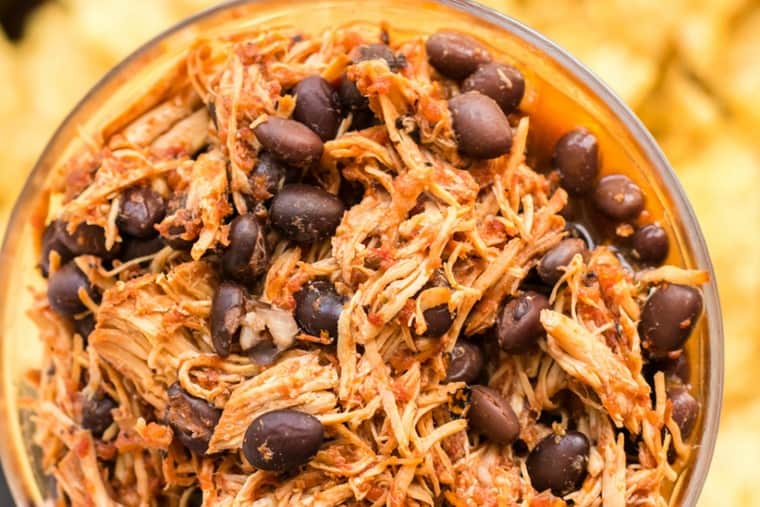
This is where things get tricky. On a gluten free diet, you must avoid wheat, barley, and rye. And those can be called by a number of names. However, grains are often processed in the same facilities, and, particularly in the case of oats, there is a risk of cross-contamination.
Many of these grains are also processed into flours that you can use for baking, or to make the packaged products you find in the stores, like gluten free bread, cookies, pasta, etc.
The following is a list of gluten free grains, and you can read more about them in this article on gluten free grain alternatives. But I will CAUTION that you should ALWAYS read the labels on these:
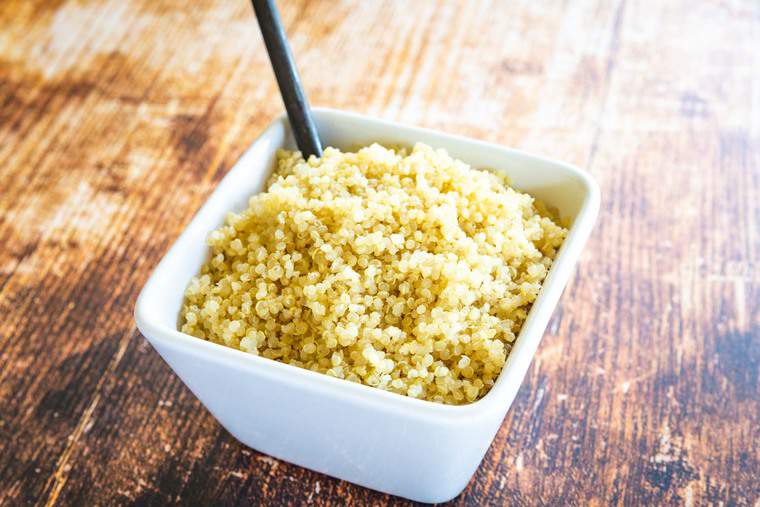
When it comes to fats, oils, and spices, as long as they aren’t flavored or part of seasoning mixtures, you can feel confident that they are gluten free.
Most vinegars, with the exception of malt vinegar, are gluten free as well.
Sauces can be tricky, as it depends very much on how it was manufactured. Even a seemingly “single-ingredient” sauce like soy sauce is fermented with wheat. So you must ALWAYS read the labels on these.
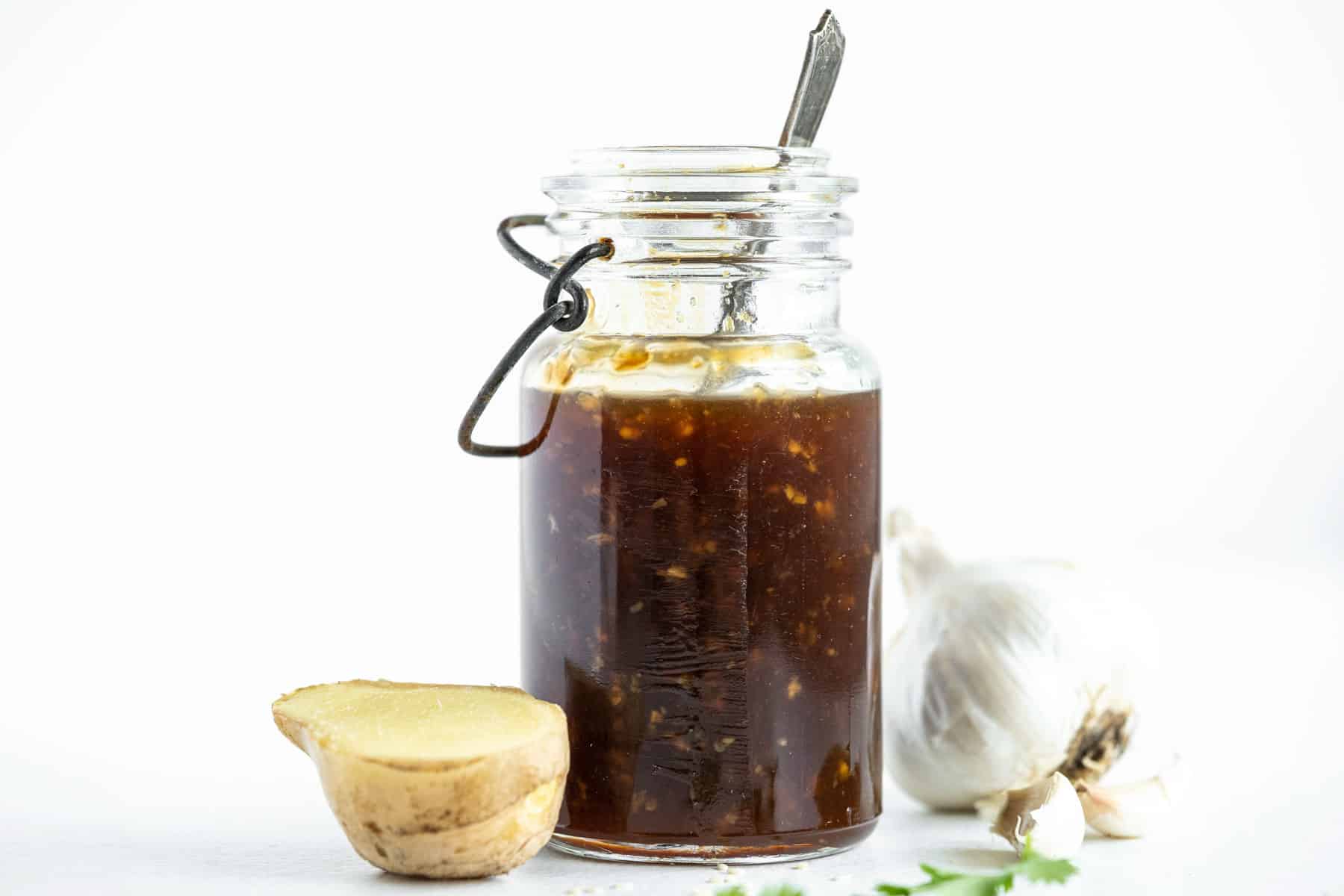
Now that you know some of the ingredients you can safely enjoy, here are some of my favorite dishes that use them.

Welcome to Cupcakes & Kale Chips, where I share gluten free recipes & kid-tested family favorites!

Just starting on this journey, thank you. I feel overwhelmed most days.
If there is anything specific you need, feel free to send me an email or message me on social media.
Thank you. It helps a lot.